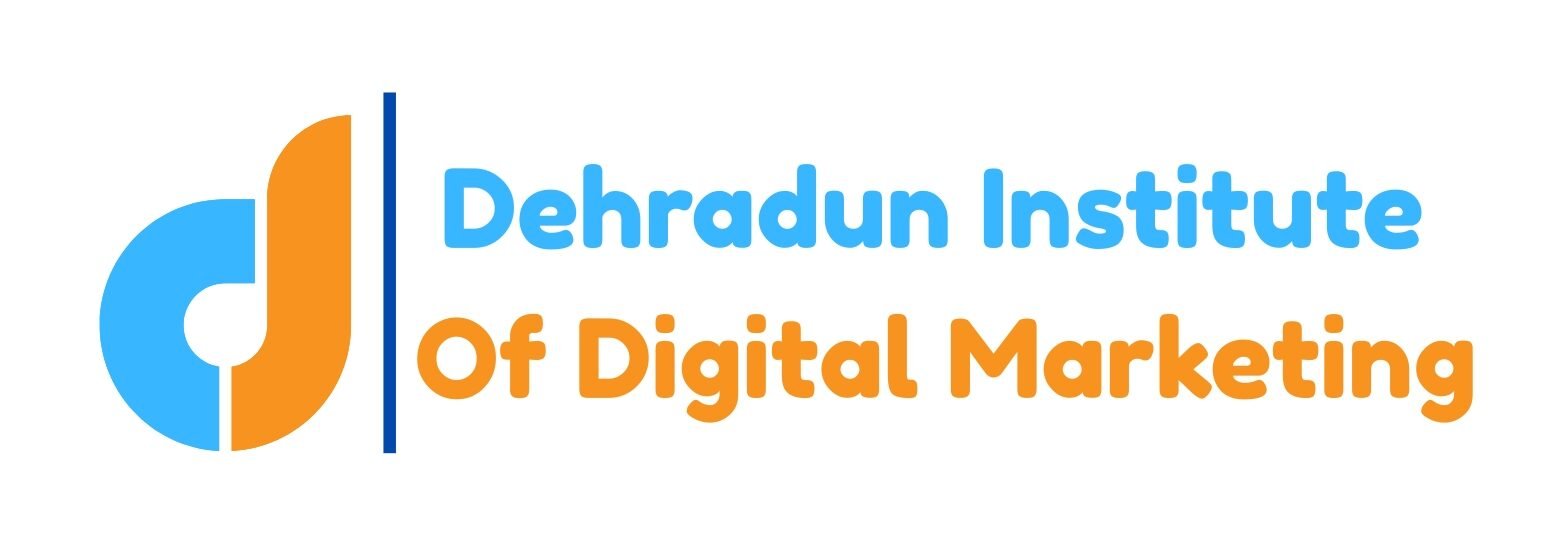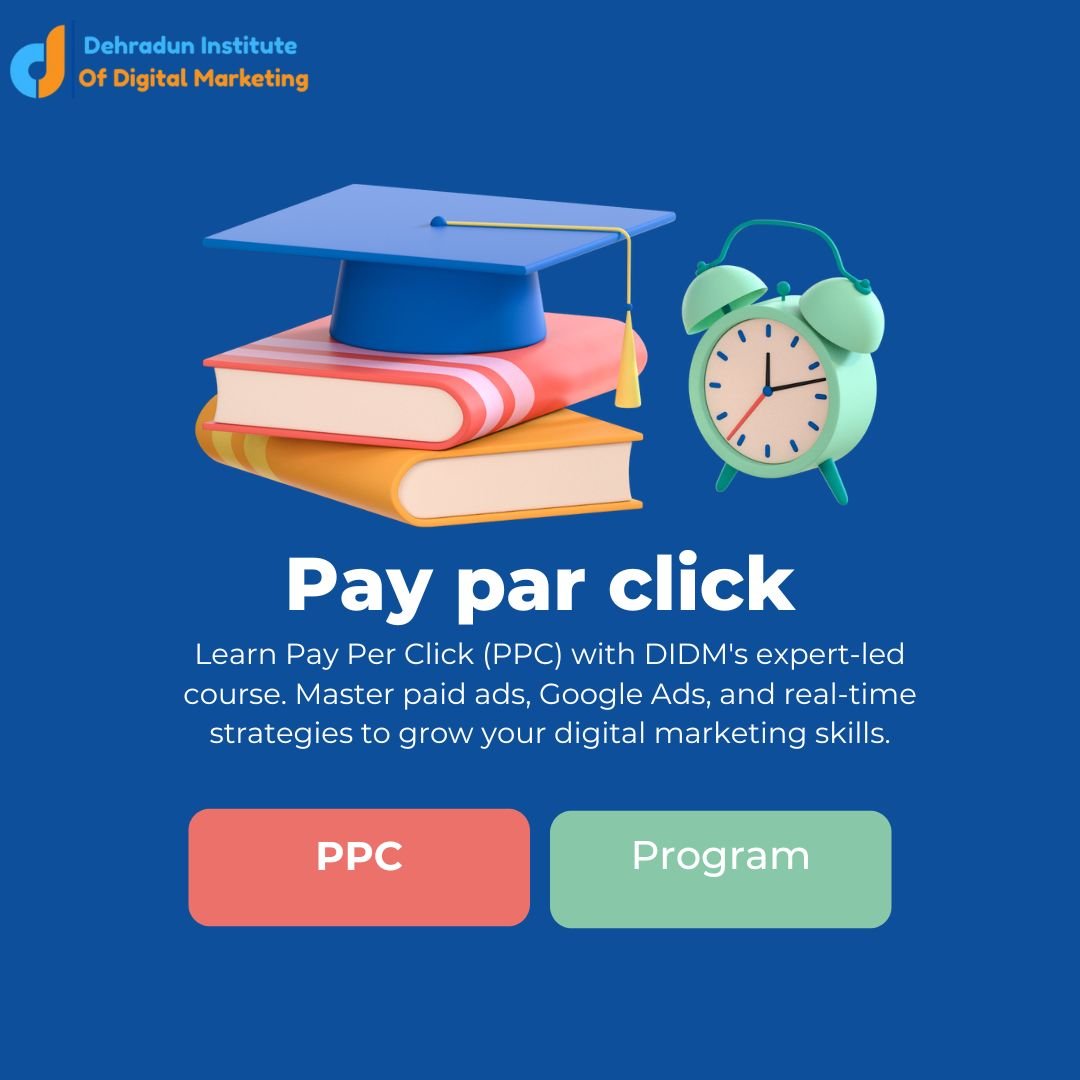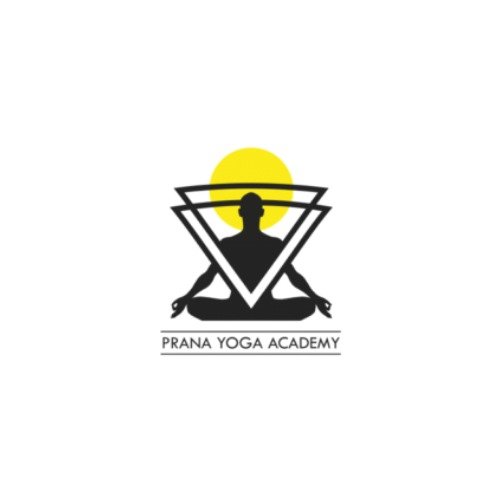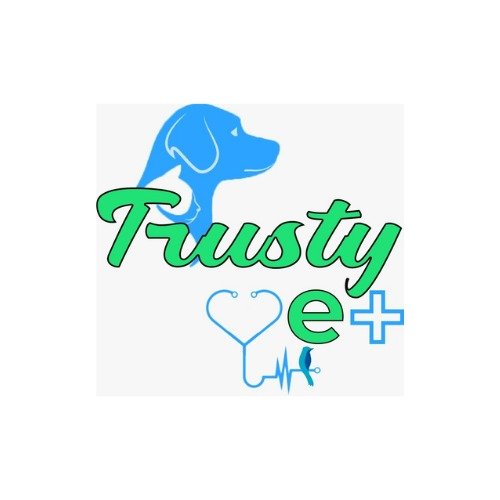Pay Per Click Course
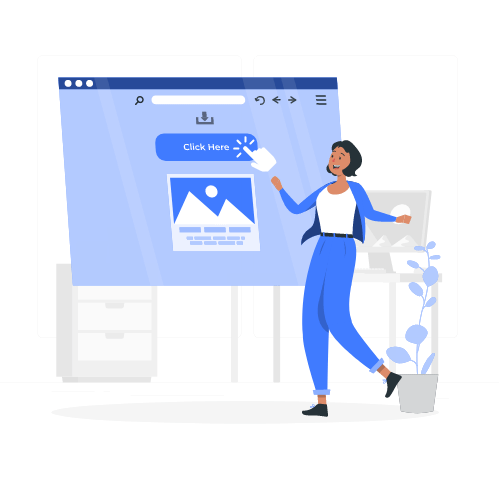
#1
PPC Management Company in Dehradun
PPC, “(pay per click,)” is a type of performance marketing in which advertisers pay a fee each time one of their ads is clicked. PPC ads typically appear on search engines or on platforms that display ads, such as Google, LinkedIn, Instagram, Facebook, Twitter, etc. PPC advertising can be an effective way to drive traffic to a website, increase brand awareness, and generate leads or sales.
However, it requires careful planning, targeting, and monitoring to ensure that the campaign is cost-effective and delivers a positive return on investment (ROI).
Digital Folks is one such PPC company in Dehradun offering the best form of performance marketing in delivering well-monitored, cost-effective, target-oriented, and well-planned campaigns to deliver the best results at the lowest cost incurred to our clients in running their PPC campaigns.
Introduction to PPC (Pay-Per-Click)
What is PPC?
PPC stands for Pay-Per-Click, an internet advertising model used to drive traffic to websites. Advertisers pay a fee each time their ad is clicked. It’s a way to buy visits to your site, rather than earning them organically through SEO.
Difference Between PPC and SEO
| PPC | SEO |
|---|---|
| Paid traffic | Organic (free) traffic |
| Instant results | Long-term growth |
| Short-term visibility | Long-lasting impact |
| Requires budget | Requires time and effort |
| Easy to track and measure | Harder to measure ROI directly |
Benefits of PPC Marketing
Targeted Advertising—Reach specific users based on keywords, location, device, and more.
Instant Traffic—Unlike SEO, PPC gives quick results once the campaign is live.
Trackable Metrics—Easy to measure clicks, conversions, and ROI.
Full Control—Set your own budget, bids, and schedules.
Brand Awareness—Increases visibility even if users don’t click.
Popular PPC Platforms
Google Ads—Largest PPC network; includes search, display, video, and shopping ads.
Microsoft/Bing Ads – Smaller audience but lower cost-per-click.
Facebook & Instagram Ads—Ideal for targeting users based on behavior and interests.
LinkedIn Ads—Great for B2B advertising.
YouTube Ads—Video-based ads with powerful targeting options.
Types of PPC Ads
Search Ads – Appear on search engine results pages.
Display Ads – Banner/image ads shown on websites.
Video Ads—Shown on YouTube and other video platforms.
Shopping Ads – Product listings for eCommerce.
App Promotion Ads—Promote mobile apps directly.
When to Use PPC?
Launching a new product or service
Driving traffic to a landing page
Promoting time-sensitive offers
Retargeting previous website visitors
Testing different messages and keywords
PPC Terminologies
Understanding these key terms is essential for managing and optimizing PPC campaigns effectively:
Basic PPC Terms
1. CPC (Cost Per Click)
The amount you pay for each click on your ad.
Example: If you spent ₹500 for 50 clicks, your CPC is ₹10.
2. CPM (Cost Per Mille/Thousand Impressions)
Cost to show your ad 1,000 times (mostly used in display advertising).
Example: ₹200 CPM = ₹200 for every 1,000 views.
3. CTR (Click-Through Rate)
The ratio of users who clicked your ad to the number who saw it.
Formula:
(Clicks ÷ Impressions) × 100Higher CTR = more relevant ad.
4. Quality Score
Google’s rating of the quality and relevance of your ads, keywords, and landing pages.
Scale: 1–10 (higher is better).
Affects ad position and CPC.
5. Ad Rank
Determines your ad position on Google.
Formula:
Ad Rank = Quality Score × Bid AmountEven with lower bids, high-quality ads can outrank competitors.
6. ROAS (Return on Ad Spend)
Measures the revenue earned for every ₹1 spent on advertising.
Formula:
ROAS = Revenue ÷ Ad SpendExample: ₹10,000 revenue / ₹2,000 ad spend = 5x ROAS.
7. Impressions
The number of times your ad is displayed, regardless of clicks.
8. Conversions
Actions you want users to take (e.g., purchase, form fill, signup).
Key metric to measure success.
9. Conversion Rate
Percentage of users who take a desired action after clicking.
Formula:
(Conversions ÷ Clicks) × 100
10. Negative Keywords
Words or phrases you don’t want your ads to show for.
Helps improve targeting and reduce wasteful spend.
11. Bounce Rate
Percentage of users who leave without interacting with your landing page.
Lower bounce rate = better user experience and relevance.
Setting Up a Google Ads Account
This module walks you through creating and setting up your Google Ads account—the most widely used PPC platform.
1. Create a Google Ads Account
-
Visit https://ads.google.com.
-
Click “Start now.”
-
Sign in with your Google account.
2. Set Your Advertising Goal
Google may offer three goals:
-
Get more website sales or leads.
-
Get more phone calls.
-
Increase store visits.
You can also choose “Switch to Expert Mode” to manually control campaign settings.
3. Choose a Campaign Type
Available types:
-
Search Campaign—Ads appear on Google search results.
-
Display Campaign – Image ads across the Google Display Network.
-
Video Campaign – Ads shown on YouTube.
-
Shopping Campaign – For eCommerce product ads.
-
App Campaign—Promotes mobile apps.
4. Set Campaign Settings
-
Campaign Name (e.g., “Summer Sale Campaign”)
-
Networks (Search Network, Display Network)
-
Location Targeting—Country, state, city, or radius
-
Language – Choose based on your target audience.
-
Budget – Daily budget (₹500/day, for example)
-
Bidding Strategy – Manual CPC, Maximize Clicks, Target ROAS, etc.
5. Add Keywords
-
Use tools like Google Keyword Planner to select relevant keywords.
-
Choose the right match types:
-
Broad Match – Reaches widest audience
-
Phrase Match – More targeted
-
Exact Match – Very specific
-
Negative Keywords – Prevent unwanted traffic
-
6. Create Your Ads
-
Add multiple headlines and descriptions.
-
Include keywords in the ad copy.
-
Add Display Path and Final URL.
-
Use ad extensions like
-
Call Extensions
-
Site Links
-
Location Extensions
-
7. Billing Setup
-
Add a valid payment method (credit/debit card, UPI, net banking).
-
Choose billing country and time zone.
-
Set monthly spending limits if needed.
8. Launch the Campaign
-
Review your settings.
-
Click “Publish” or “Save & Continue.”
-
Google may take a few hours to approve the ad.
Keyword Research for PPC
Keyword research is the foundation of a successful PPC campaign. It determines who sees your ads and when.
1. Why Keyword Research Matters
Helps target the right audience
Improves ad relevance
Reduces wasted ad spend
Boosts Quality Score and CTR
2. Types of Keywords
| Type | Example | Use Case |
|---|---|---|
| Broad Match | shoes | Shows for any related search |
| Phrase Match | “running shoes” | Shows for queries with this phrase |
| Exact Match | [best running shoes] | Shows for this exact phrase |
| Negative Keywords | -cheap | Prevents ads for low-intent searches |
| Branded | Nike shoes | Target brand-specific queries |
| Competitor | Adidas shoes | Target competitor brand terms |
| Transactional | buy, order, price | Indicates strong intent to purchase |
| Informational | how to run faster | Used in early stages of buying journey |
3. How to Find Keywords
Use Keyword Research Tools:
Google Keyword Planner (Free)
Ubersuggest
Ahrefs / SEMrush (Paid)
Keywordtool.io
AnswerThePublic (for long-tail ideas)
4. Steps in Keyword Research
Brainstorm seed keywords (products, services)
Use tools to expand the list
Analyze search volume & competition
Group keywords into themes/ad groups
Identify negative keywords
Test and refine over time
5. Keyword Metrics to Analyze
Search Volume – Avg. monthly searches
Competition—Level of advertiser bidding
CPC (Cost per Click) – Avg. cost for a click
Trend—Seasonal or consistent demand
6. Keyword Match Types (Deep Dive)
| Match Type | Syntax | Triggered By | Pros | Cons |
|---|---|---|---|---|
| Broad | shoes | running shoes, shoe store | Wide reach | Low relevance |
| Phrase | “red shoes” | best red shoes for men | Good control | Less reach |
| Exact | [cheap shoes] | cheap shoes | High precision | Low volume |
| Negative | -free | buy shoes (but not free shoes) | Filters waste | Needs frequent updates |
Writing Effective Ad Copy
Writing compelling ad copy is critical to attract the right audience and encourage clicks, which directly improves your CTR (Click Through Rate) and Quality Score.
1. Anatomy of a Google Search Ad
Headline 1, 2 & 3 – (30 characters each)
Display Path – Shows shortened URL
Description Line 1 & 2 – (90 characters each)
Final URL – The landing page URL
Ad Extensions – Extra info like phone, site links, location, etc.
2. Tips to Write Compelling Ads
Focus on the User’s Intent:
Match your ad copy to the keywords.
Example: For keyword “buy running shoes”, use headline like: “Buy Lightweight Running Shoes – Free Shipping Today!”
Use Power Words & CTAs:
Power Words: Free, Best, Fast, Guaranteed, Limited Offer
CTAs: Shop Now, Get a Quote, Learn More, Try for Free
Highlight USPs (Unique Selling Points):
Free returns, 24/7 support, 1-day delivery, certified professionals, etc.
Include Numbers or Stats:
“Save 25% Today” or “Rated 4.9/5 by 1,000+ Users”
3. Best Practices
| Best Practice | Example |
|---|---|
| Use the main keyword in headlines | “Buy Nike Running Shoes – Free Delivery” |
| Use emotional triggers | “Struggling with Hair Loss? Try Our Herbal Formula” |
| Use title case | “Get Fast Car Insurance Quotes” |
| Keep mobile users in mind | Short, impactful CTAs that fit small screens |
| A/B test ad variations | Test multiple headlines/descriptions for performance |
4. Ad Extensions (Boost CTR)
| Extension Type | Use |
|---|---|
| Sitelink | Links to other pages (e.g., About, Pricing, Contact) |
| Callout | Adds extra info like “No Hidden Charges” |
| Structured Snippet | Lists services/products (e.g., Courses: SEO, PPC) |
| Call | Adds clickable phone number |
| Location | Shows your business location |
5. Avoid These Mistakes
Generic headlines like “Click Here”
Misleading claims
Using ALL CAPS
Repeating the same words
Ignoring mobile preview
Landing Page Optimization for PPC
Creating a great ad is only half the job — your landing page needs to convert visitors into leads or customers. This module teaches you how to design high-converting landing pages aligned with your PPC campaigns.
1. What is a Landing Page?
A landing page is the web page users land on after clicking your ad. It should:
Match the ad’s message
Focus on one goal
Be optimized for conversion
2. Core Elements of a High-Converting Landing Page
| Element | Purpose |
|---|---|
| Headline | Reinforce the ad promise (e.g., “Get 50% Off Web Hosting”) |
| Subheadline | Adds detail (e.g., “Limited Time Offer – Ends Tonight”) |
| CTA Button | Clear action (e.g., “Buy Now”, “Get Free Quote”) |
| Hero Image/Video | Shows the product or service visually |
| Benefits Section | Explain key selling points in bullets |
| Testimonials | Build trust and social proof |
| Lead Form | Capture emails, phone numbers, etc. |
| Trust Signals | SSL, awards, partner logos, money-back guarantees |
3. Best Practices for Landing Page Optimization
Match the headline to the ad
Keep layout clean and clutter-free
Use fast loading, mobile-friendly design
Make CTA visible and repeated
Use short forms (3–4 fields max)
Avoid distractions like external links
A/B test CTA buttons, headlines, and form placements
4. Landing Page Tools & Builders
Unbounce
Instapage
Leadpages
Elementor / Divi (WordPress)
ClickFunnels
5. Landing Page Metrics to Track
| Metric | Why It Matters |
|---|---|
| Conversion Rate | % of visitors who take the desired action |
| Bounce Rate | % of visitors who leave immediately |
| Page Load Time | Affects user experience and Quality Score |
| Form Completion Rate | % of users who fill and submit forms |
6. Google’s Landing Page Quality Guidelines
Relevant, useful content
Easy navigation
Transparent info about the business
Strong mobile performance
Secure (HTTPS)
Tracking & Analytics in PPC
This module helps you understand how to track, analyze, and optimize the performance of your PPC campaigns using analytics tools and key performance metrics.
1. Why Tracking is Important
See what’s working (and what’s not)
Optimize campaigns for better ROI
Understand user behavior post-click
Justify ad spend to clients or management
2. Key PPC Metrics to Track
| Metric | Description |
|---|---|
| Clicks | Number of times your ad was clicked |
| Impressions | Number of times your ad was shown |
| CTR (Click-Through Rate) | (Clicks ÷ Impressions) × 100 – indicates relevance |
| CPC (Cost Per Click) | Average cost you pay for each click |
| Conversions | Total number of desired actions completed (sale, signup) |
| Conversion Rate | % of visitors who converted (Conversions ÷ Clicks × 100) |
| Cost Per Conversion | Total spend ÷ total conversions |
| ROAS (Return on Ad Spend) | Revenue ÷ Ad spend |
3. Google Ads Dashboard Overview
Campaign View—See performance across all campaigns
Ad Group View – Compare different ad groups
Ad Level – View performance of individual ads
Keyword Performance—Identify high/low-performing keywords
4. Setting Up Conversion Tracking
Use Google Ads Conversion Tracking to track:
Website purchases
Form submissions
Calls from ads or websites
App downloads
Steps:
Go to Google Ads → Tools → Conversions
Click “New Conversion Action.”
Choose your goal (website, app, call, import)
Install tracking code (manually or with Google Tag Manager)
5. Using Google Analytics for PPC
Connect Google Ads to Google Analytics (GA4)
Track user behavior post-click (time on site, bounce rate, pages viewed)
Create audiences based on behavior
Analyze assisted conversions (multi-touch points)
6. Using UTM Parameters
Add UTM tags to track campaigns in GA4:
https://example.com?utm_source=google&utm_medium=cpc&utm_campaign=summersale
Use for:
Identifying traffic source
Comparing campaigns
Tracking ad platforms
7. Reporting & Dashboards
Create weekly or monthly reports with:
Campaign KPIs
Top-performing keywords
Ad performance
ROI/ROAS summary
Optimization suggestions
Tools for reporting:
Google Ads Reports
Google Analytics Dashboards
Looker Studio (Google Data Studio)
Excel or Google Sheets
8. A/B Testing for Optimization
Test elements such as
Ad headlines/descriptions
Landing page layout
CTA buttons
Target audiences
Bidding strategies
Only test one variable at a time for accurate results.
PPC Campaign Optimization
This module focuses on strategies and techniques to improve the performance of your PPC campaigns, reduce costs, and increase conversions.
1. What is PPC Optimization?
PPC optimization is the process of:
Analyzing data from active campaigns
Identifying underperforming elements
Making changes to improve ad performance and ROI
2. Key Areas to Optimize
| Element | Optimization Strategy |
|---|---|
| Ad Copy | Test headlines, descriptions, and CTAs |
| Landing Pages | Improve load time, content relevance, and conversion forms |
| Keywords | Add high-performing ones, remove low-performing (negative keywords) |
| Bids & Budgets | Adjust based on performance or time of day |
| Ad Schedule | Run ads during high-converting hours |
| Devices & Locations | Focus on converting regions or devices |
| Audience Targeting | Refine demographic or interest targeting |
3. A/B Testing in PPC
Test one element at a time: headline, CTA, images
Run experiments for a minimum duration to get meaningful data
Use Google Ads Experiments to split test variations
4. Using Quality Score for Optimization
Quality Score = Relevance + CTR + Landing Page Experience
Higher quality score = Lower CPC
Optimize by:
Writing relevant ads
Improving landing page speed and content
Using tight keyword-ad relevance
5. Using Negative Keywords
Prevent ads from showing on irrelevant searches
Example: Exclude keywords like “free”, “jobs”, “DIY” if selling a paid product
Review search terms report in Google Ads and add negatives regularly
6. Geo-targeting Optimization
Use location reports to identify top-converting areas
Increase bids in those locations
Exclude regions with high cost but no conversions
7. Device & Platform Optimization
Analyze device performance (mobile vs desktop)
Adjust bids based on performance
Optimize mobile landing pages for faster loading and better UX
8. Ad Extensions Optimization
Use all relevant ad extensions to improve visibility and CTR:
Sitelinks
Callouts
Structured snippets
Call extensions
Location extensions
9. Landing Page Optimization
Ensure page matches the ad message
Use a strong, visible CTA
Mobile-first design
Use heatmaps or user recordings for behavior insights
10. Automation & Smart Bidding
Use Google’s AI to improve performance:
Target CPA (Cost Per Acquisition)
Target ROAS (Return on Ad Spend)
Maximize Conversions
Maximize Clicks
Enable automated rules or scripts for:
Pausing low-performing ads
Budget reallocation
Bid adjustments
PPC Tools & Resources
This module provides a comprehensive overview of tools and platforms that support PPC campaign management, analytics, competitor research, and optimization.
1. Google Ads Tools
| Tool | Use |
|---|---|
| Keyword Planner | Research search volume, competition, and new keyword ideas |
| Performance Planner | Forecast future performance and budget recommendations |
| Google Ads Editor | Offline bulk editing tool for campaigns and ad groups |
| Google Ads Experiments | Run A/B tests on ad copy, bidding, and landing pages |
2. Analytics & Tracking Tools
| Tool | Purpose |
|---|---|
| Google Analytics (GA4) | Track user behavior, conversions, assisted conversions |
| Google Tag Manager | Manage and deploy tags without editing code |
| Looker Studio (Google Data Studio) | Create custom dashboards and visual PPC reports |
3. Keyword & Competitor Research Tools
| Tool | Features |
|---|---|
| SEMrush | Keyword gap, competitor ad insights, CPC data |
| Ahrefs | Keyword research, SERP analysis, backlink audits |
| Ubersuggest | Free keyword ideas and SEO/PPC opportunities |
| SpyFu | View competitors’ ads, keywords, and spend history |
4. Landing Page Builders & CRO Tools
| Tool | Features |
|---|---|
| Unbounce | Drag-and-drop landing pages with A/B testing |
| Instapage | Personalized pages for different PPC audiences |
| Hotjar / Crazy Egg | Heatmaps and session recordings for behavior tracking |
| Optimizely | Advanced A/B and multivariate testing for CRO |
5. Automation & Scripting Tools
| Tool | Purpose |
|---|---|
| Google Ads Scripts | Automate tasks like pausing low-performing ads or alerts |
| Zapier | Integrate PPC platforms with CRMs, sheets, email platforms |
| Optmyzr | AI-powered PPC optimization, audits, and bid automation |
6. PPC Reporting Tools
| Tool | Use |
|---|---|
| Looker Studio (Google Data Studio) | Visual dashboards, connect to Google Ads/Analytics |
| Supermetrics | Pull PPC data into Google Sheets or Looker Studio |
| Whatagraph | Cross-channel PPC performance reports for clients |
| AgencyAnalytics | All-in-one marketing dashboard (Google, Facebook, Bing, etc.) |
7. Browser Extensions for PPC
| Extension | Use |
|---|---|
| Google Tag Assistant | Check if Google tags (Analytics, Ads) are working |
| Facebook Pixel Helper | Verify Facebook pixel implementation |
| Ubersuggest Extension | View keyword data directly on SERPs |
| Keywords Everywhere | Keyword volume, CPC, and competition insights on the fly |
8. Learning Platforms
| Platform | Offers |
|---|---|
| Google Skillshop | Free Google Ads certifications and training |
| Meta Blueprint | Learn Facebook/Instagram ad strategies |
| HubSpot Academy | Free PPC and inbound marketing resources |
| Coursera / Udemy | Paid and free PPC specialization courses |
9. PPC Communities & Blogs
| Resource | Description |
|---|---|
| Search Engine Journal | Latest PPC trends, tips, and case studies |
| WordStream Blog | Beginner-friendly PPC tutorials |
| Reddit (r/PPC) | Community discussions and advice |
| LinkedIn Groups | Network with other PPC professionals |
PPC Strategy & Client Management
This module ties everything together by helping you build winning strategies, manage clients, and scale PPC campaigns for long-term success.
1. Creating a PPC Strategy
A solid strategy includes:
Goal Setting: Define KPIs (clicks, conversions, CPA, ROAS)
Audience Targeting: Demographics, interests, intent
Platform Selection: Google Ads, Facebook Ads, LinkedIn, etc.
Funnel Mapping: Awareness → Consideration → Conversion
Budget Allocation: Assign budget to highest-performing campaigns
Messaging: Tailor messaging per stage of the funnel
2. Client Onboarding Process
Understand the client’s business, goals, and industry
Audit existing campaigns (if any)
Define expectations and KPIs
Set up accounts, conversion tracking, and analytics
Prepare a timeline and reporting schedule
3. Proposal & Reporting
PPC Proposal Should Include:
Strategy overview
Platform recommendation
Budget and timeline
Expected outcomes
Reporting frequency
Reporting Best Practices:
Monthly/weekly dashboards
Explain metrics in plain language
Focus on results, insights, and next steps
4. Client Communication
Set weekly or bi-weekly calls (depending on project size)
Be transparent about wins and failures
Educate clients on PPC metrics (CTR, CPA, ROAS, etc.)
Send pre-scheduled performance reviews
5. Scaling Campaigns
| Scaling Method | Description |
|---|---|
| Geographic Expansion | Target new regions or countries |
| New Keywords | Explore long-tail or niche variations |
| Retargeting | Target users who didn’t convert earlier |
| Lookalike Audiences | Use existing customer data to reach similar users |
| Cross-Platform Advertising | Run ads on YouTube, Facebook, Instagram, Bing |
6. Retainer vs Performance Model
| Model | Details |
|---|---|
| Retainer | Fixed monthly fee regardless of results |
| Performance-Based | Payment based on leads, sales, or performance |
| Hybrid | Base fee + performance incentive (e.g., bonuses for targets) |
7. Common Client Challenges
| Challenge | Solution |
|---|---|
| “No Results Yet” | Educate about learning phase & optimization |
| “Too Expensive” | Justify ROI through reports & data |
| “Why Not Top of Page?” | Explain bid strategy vs profitability |
8. Client Retention Tips
Share wins regularly
Communicate value (beyond just metrics)
Educate clients
Offer new ideas & strategies
Stay proactive, not reactive
9. PPC Career Opportunities
| Role | Description |
|---|---|
| PPC Specialist | Works on in-house or agency campaigns |
| PPC Manager | Leads a team, creates strategy |
| Freelance Consultant | Manages clients independently |
| PPC Analyst | Focuses on data, reports, and optimization |
| Media Buyer | Manages budgets and ad placements across platforms |
10. Certifications to Build Credibility
Google Ads Certification
Meta (Facebook) Blueprint Certification
Microsoft Advertising Certification
HubSpot PPC Training
SEMRush/Udemy PPC Courses
Our Clients
These are some of our satisfied customers. These clients are ranking in the top Google search pages for their keywords because of our SEO services. We not only offer SEO services, but we also offer a whole range of digital marketing solutions
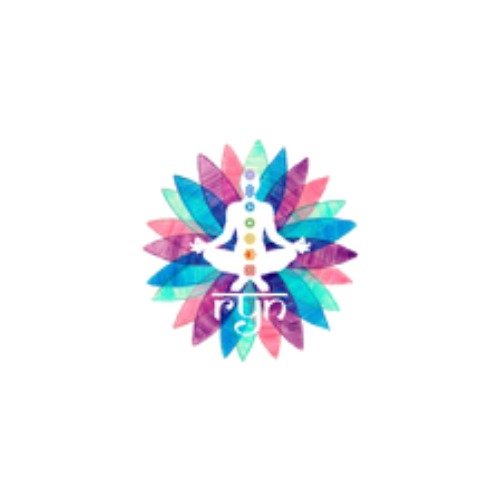
Rishikesh Yog Nirvana
Best yoga ttc in Rishikesh
200 hour yoga teacher training in Rishikesh
Best yoga teacher training in Rishikesh
Best yoga teacher training school in Rishikesh
ashtanga yoga teacher training in rishikesh
ashtanga yoga teacher training rishikesh
rishikesh ashtanga yoga teacher training
online yoga teacher training in rishikesh

IELTS Exam Coaching Centres in Dehradun
ielts coaching in dehradun
Best IELTS coaching center in Dehradun
Dehradun IELTS coaching centre
Best ielts center in dehradun
best-ielts-institute-in-dehradun-ielts-the-first-step-towards-studying-abroad
Apply Now
7 Frequently asked Questions and Answers about Study Abroad
Contact us
